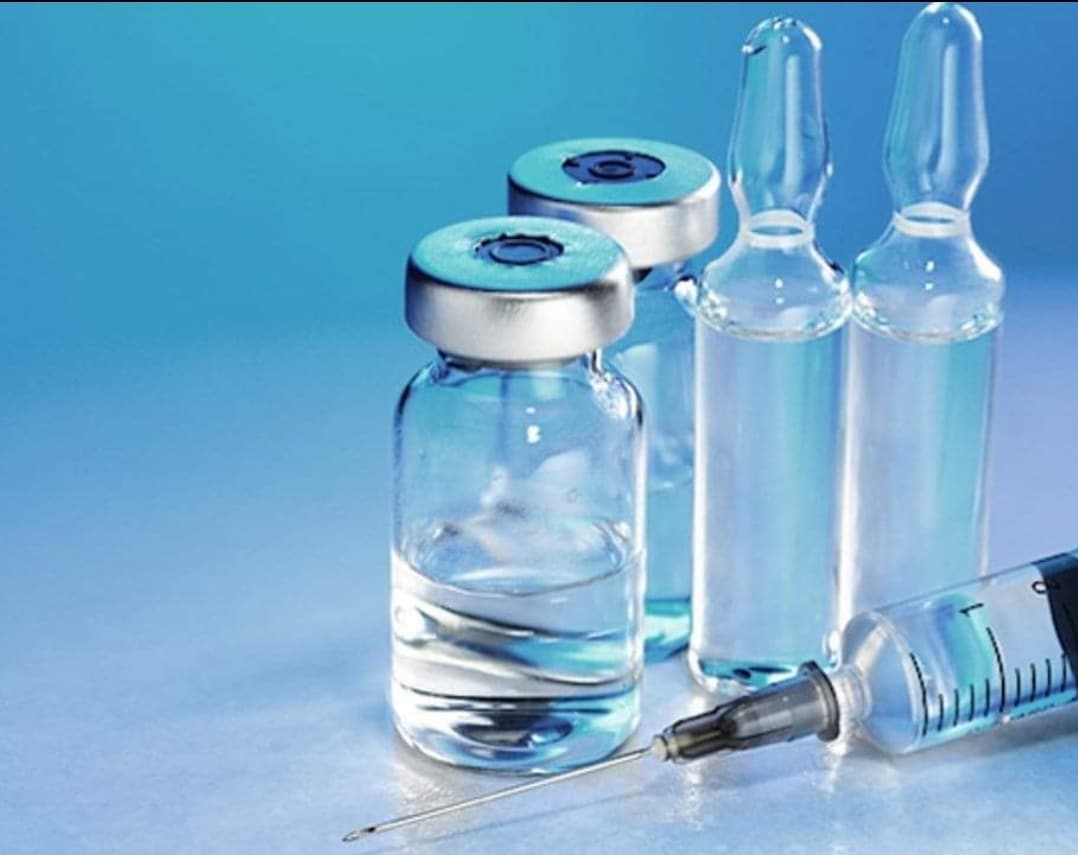USP Stability Testing of Parenteral Solutions
The United States Pharmacopeia (USP) is recognized worldwide as a leading authority in pharmaceutical testing standards. USP stability testing for parenteral solutions ensures that the injectable and parenteral products meet the required quality, purity, strength, and consistency over time.
Parenteral solutions are medications intended to be administered directly into the bloodstream or other body cavities, such as intravenous fluids, injections, or infusions. Ensuring these products remain stable under various conditions is critical for patient safety and efficacy. USP stability testing assesses how a product behaves over time in different environmental conditions, including temperature, humidity, light exposure, and storage duration.
For injectable solutions, stability can be compromised by factors such as microbial contamination, chemical degradation, or crystallization of dissolved substances. The goal is to simulate real-world storage and handling scenarios, providing assurance that the product remains safe and effective throughout its shelf life. This testing is governed by USP General Chapter <1235> Stability Testing for Drug Substances.
The testing protocol involves subjecting the drug product to accelerated conditions intended to simulate short-term exposure to extreme environmental factors, such as high temperatures or humidity. Additionally, it includes long-term storage at typical room temperature and relative humidity levels. This dual approach provides a comprehensive evaluation of potential stability issues while minimizing the time required for extensive real-time studies.
Key parameters measured during USP stability testing include:
- Physical properties: color, clarity, turbidity
- Chemical properties: content uniformity, impurity levels
- Bioavailability and bioequivalence studies
- Microbial growth and contamination rates
- Pharmacokinetic behavior in various formulations
To prepare specimens for stability testing, the laboratory must follow strict procedures to avoid introducing contaminants or altering the product's integrity. This includes using cleanroom environments, sterile techniques, and appropriate packaging methods.
Instruments used may include high-performance liquid chromatography (HPLC), gas chromatography-mass spectrometry (GC-MS), Fourier transform infrared spectroscopy (FTIR), and differential scanning calorimetry (DSC). These tools help quantify changes in the chemical composition, physical state, and stability of the drug substance over time.
The results are summarized in a comprehensive report that includes data on how each parameter changed under different conditions. Compliance with USP requirements ensures that pharmaceutical companies can market their products confidently, knowing they meet stringent quality standards.
Understanding the nuances of this testing is crucial for maintaining high-quality manufacturing practices and ensuring patient safety. By adhering to USP guidelines, manufacturers demonstrate commitment to producing reliable and safe injectable solutions.
Why It Matters
The importance of USP stability testing cannot be overstated in the pharmaceutical industry. Stability testing is a critical component of quality control that ensures the safety, efficacy, and reliability of injectable products. When conducted properly, it helps identify potential issues early in the product lifecycle, allowing for timely corrective actions.
Failure to meet USP stability criteria can lead to recalls, regulatory actions, and even lawsuits if patients are harmed by unstable or contaminated products. Regulatory bodies like the FDA closely monitor compliance with these standards, ensuring public health is protected.
From a business perspective, successful completion of stability testing enhances brand reputation and consumer trust. It also facilitates smoother interactions with healthcare providers and regulatory agencies, streamlining market entry processes. For research and development teams, this testing provides valuable insights into product performance under various conditions, guiding future improvements and innovations.
The stakes are particularly high for injectable products due to their direct route of administration and the potential for rapid onset of effects. Even minor deviations from expected stability can have severe consequences, making rigorous testing essential.
Industry Applications
The pharmaceutical industry heavily relies on USP stability testing to ensure product integrity across various applications:
- Intravenous solutions used in hospital settings
- Epidural and intrathecal medications for pain management
- Vaccines requiring precise dosing and storage conditions
- Biologic drugs that need stability over extended periods
For manufacturers, this testing is crucial in ensuring all batches meet the same high standards. It also aids in developing robust quality assurance programs that can adapt to changing regulatory landscapes.
In academic and research institutions, stability testing plays a vital role in validating new formulations or reformulated versions of existing products. This helps researchers understand how different environmental factors affect drug performance, leading to more informed decision-making processes.
International Acceptance and Recognition
- The United States Pharmacopeia (USP) is an integral part of the International Conference on Harmonisation (ICH).
- Many countries, including Canada, Europe, Japan, and Australia, incorporate USP standards into their national regulations.
- European Pharmacopoeia (Ph. Eur.) also references USP stability testing protocols for parenteral products.
- The World Health Organization (WHO) recognizes USP as a trusted source for quality assurance guidelines.





